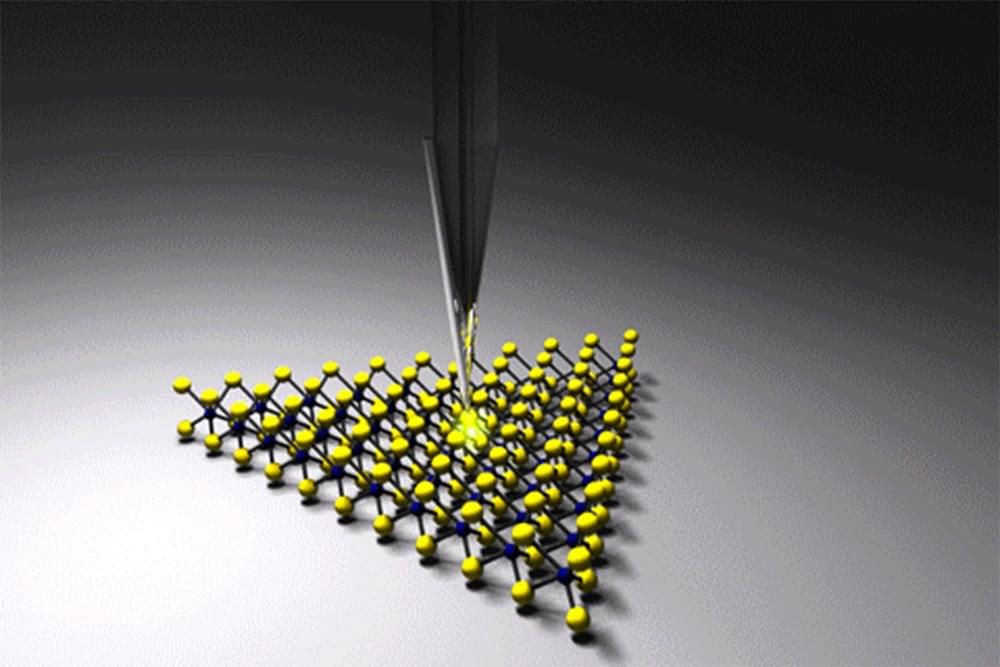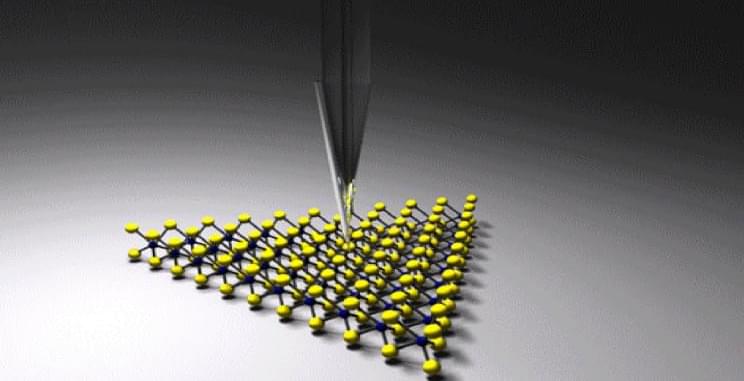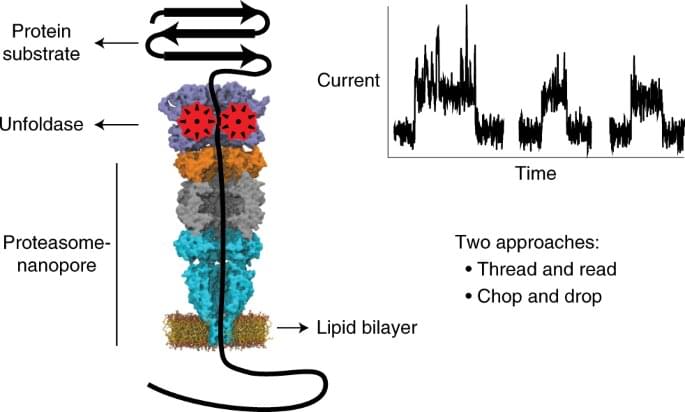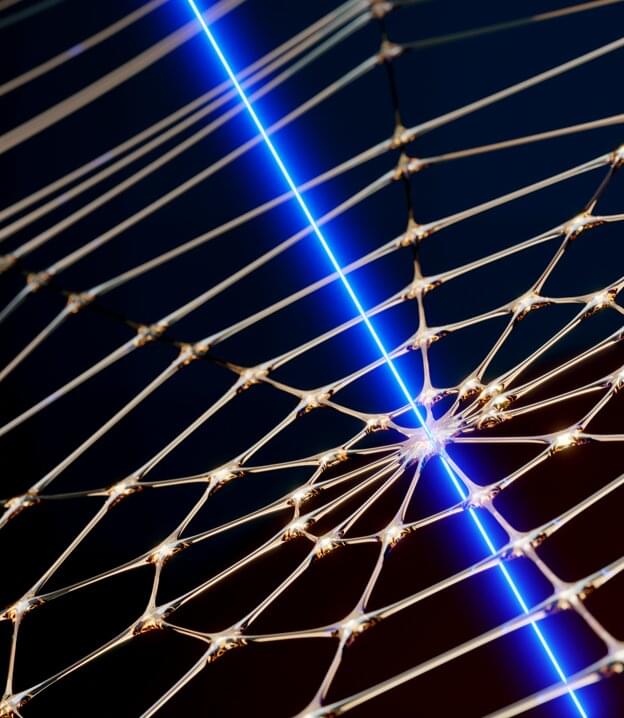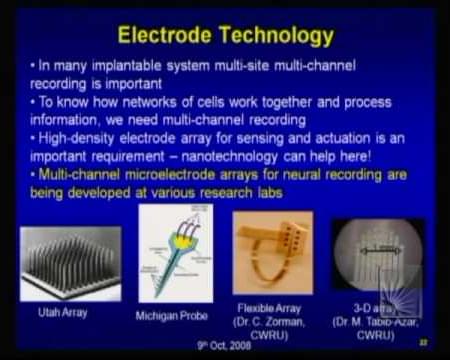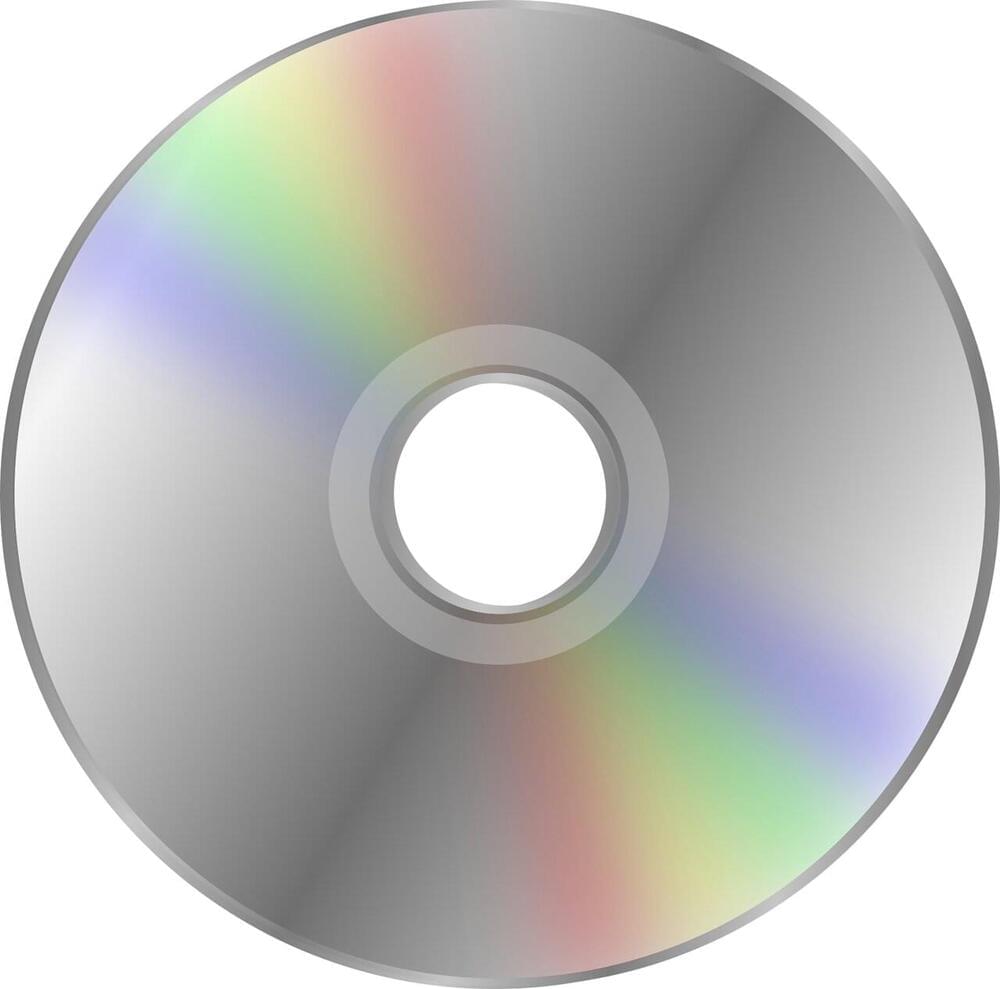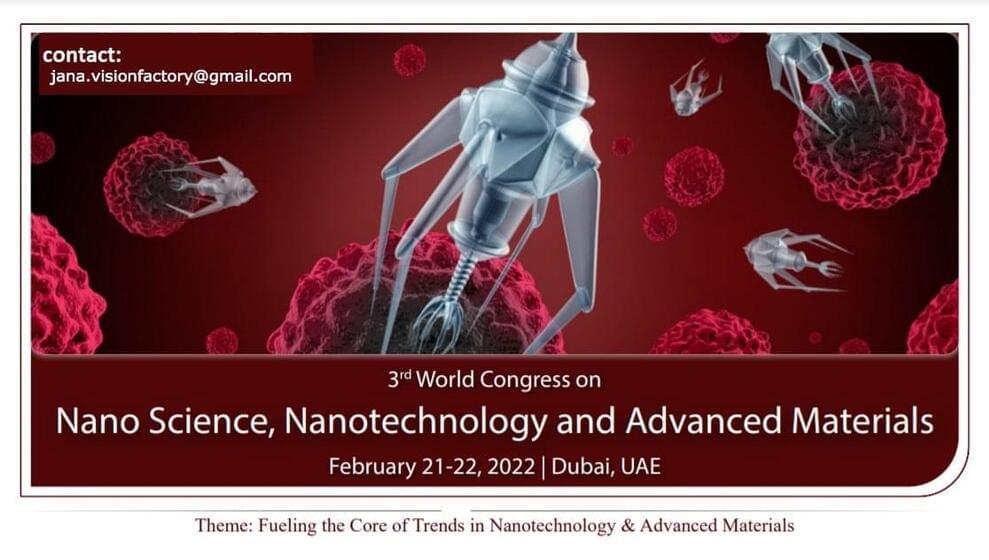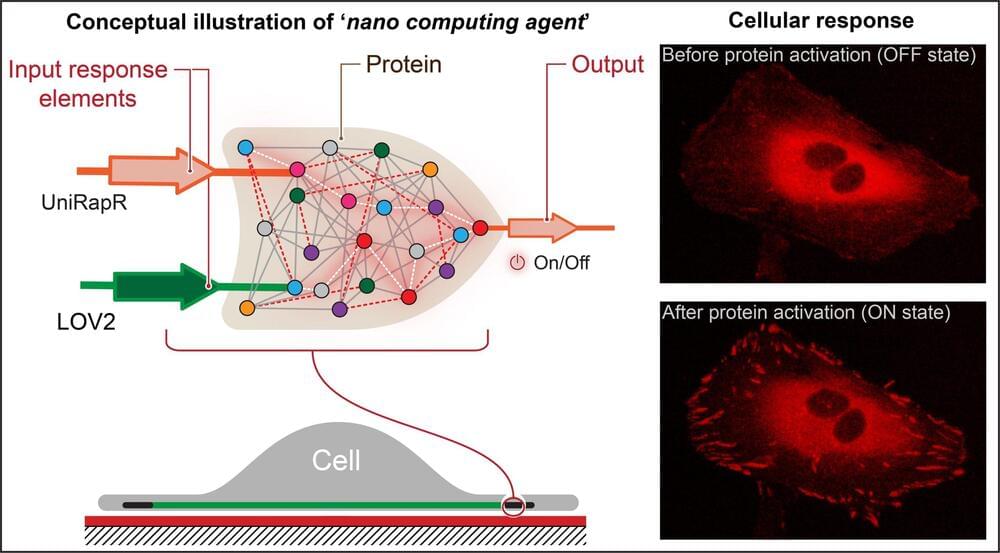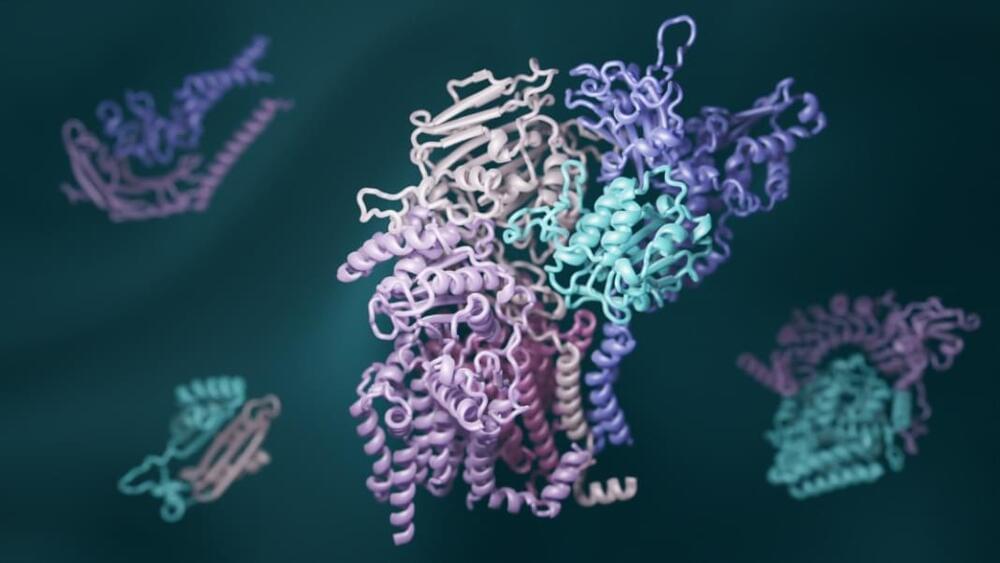Nov 29, 2021
Corny Lithium-Ion Batteries Could Hold Quadruple the Charge
Posted by Shailesh Prasad in categories: chemistry, energy, nanotechnology, sustainability, transportation
The extra juice comes from a secret ingredient…corn starch.
Could a simple materials change make electric car batteries able to four times more energy? Scientists in South Korea think so. In a new paper in the American Chemical Society’s Nano Letters, a research team details using silicon and repurposed corn starch to make better anodes for lithium ion batteries.
This team is based primarily in the Korea Institute of Science and Technology (KIST), where they’ve experimented with microemulsifying silicon, carbon, and corn starch into a new microstructured composite material for use as a battery anode. This is done by mixing silicon nanoparticles and corn starch with propylene gas and heating it all to combine.
Continue reading “Corny Lithium-Ion Batteries Could Hold Quadruple the Charge” »

